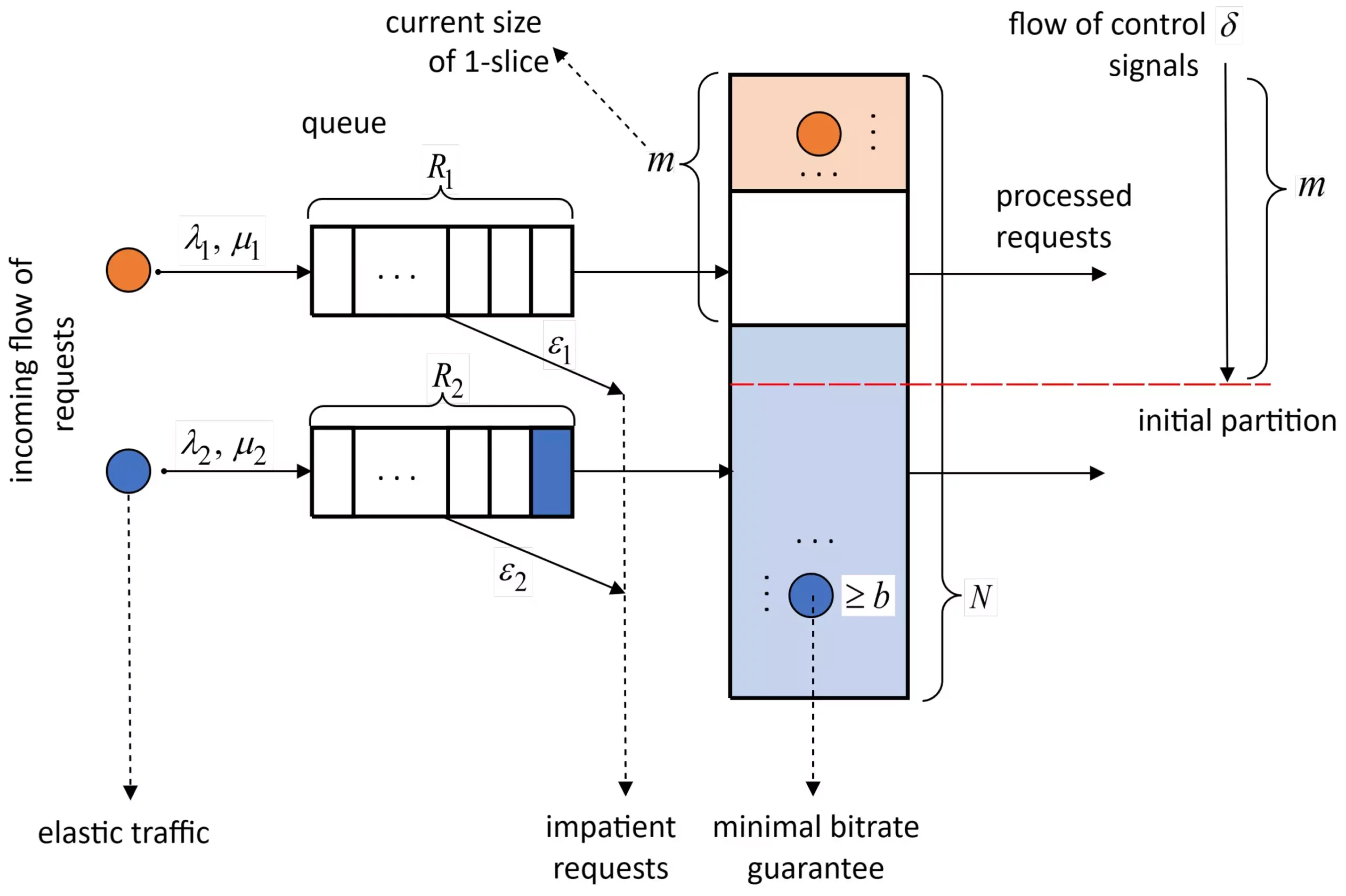The implementation of 5G networks has brought about various advancements and features, one of which is network slicing. Network slicing involves the segmentation of the network into logical divisions or slices based on specific requirements or requests. By allocating resources dynamically to different segments, network slicing aims to ensure optimal signal quality. However, the process of resource distribution needs to be optimized to achieve the desired results. Mathematicians from RUDN University have conducted research to address this issue specifically in the scenario of two services sharing elastic traffic. Their findings offer valuable insights into optimizing resource distribution in 5G networks.
Network slicing allows for the deployment of independent network resources on a shared infrastructure. Through this mechanism, providers can assign logically isolated network segments to different users, each tailored to their specific requirements. For example, one slice may be dedicated to cellular communications while another is optimized for the Internet of Things. As a result, it becomes crucial to study and understand how resource redistribution can be effectively organized when implementing network slicing in a 5G network.
To tackle the challenges associated with resource allocation in network slicing, RUDN University mathematicians developed a mathematical model based on queuing theory and the Markov decision-making process. The model was designed with three key principles in mind: maximizing resource utilization, achieving an equal resource partitioning through maximum matching, and reallocating resources based on the maximum share of signals. By incorporating these principles into the mathematical model, the mathematicians aimed to create an efficient and optimal resource distribution algorithm.
Building upon the mathematical model, the mathematicians devised an iterative algorithm for the optimal distribution of resources in network slicing. This algorithm showcased rapid convergence, with the optimal solution being found within just three iterations. The speed and efficiency of the algorithm make it superior to the brute force method, which involves an exhaustive search.
Read More: New Micro Total Analysis System for Portable Chemical Quantification
Through numerical experiments, the mathematicians were able to identify the factors that significantly impact the optimal allocation of resources. They found that the current state of the system and the weights assigned to different parameters in the reward function played a crucial role in determining the optimal resource scheduling policy. These insights provide valuable guidance for network operators and engineers when implementing and managing resource distribution in 5G networks.
The research conducted by RUDN University mathematicians presents a novel approach to optimizing resource distribution in 5G networks through network slicing. By developing a mathematical model and an iterative algorithm, the researchers were able to achieve rapid convergence and efficiently allocate resources based on three key principles. These findings hold great significance as they offer valuable insights into how network slicing can be effectively implemented in 5G networks to ensure optimal signal quality and resource utilization. As the deployment of 5G continues to expand, optimizing resource distribution through network slicing will play a crucial role in meeting the diverse and evolving needs of users and applications.


Leave a Reply